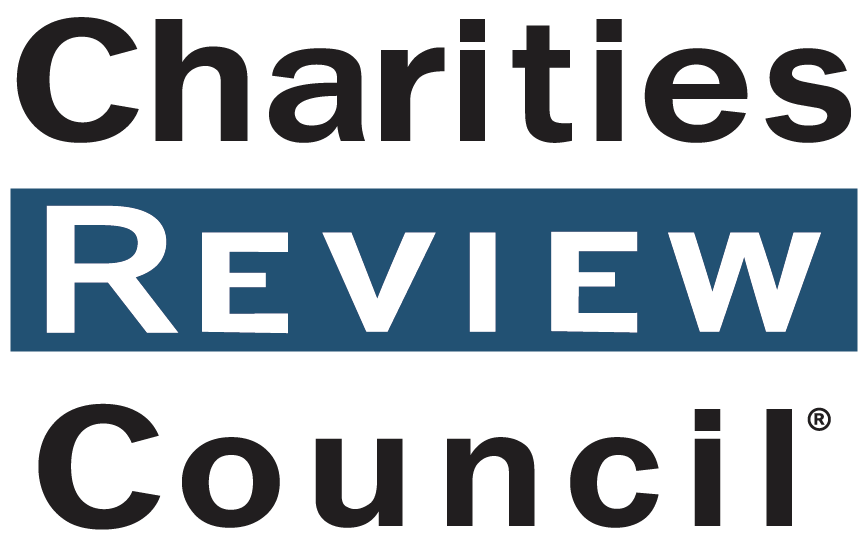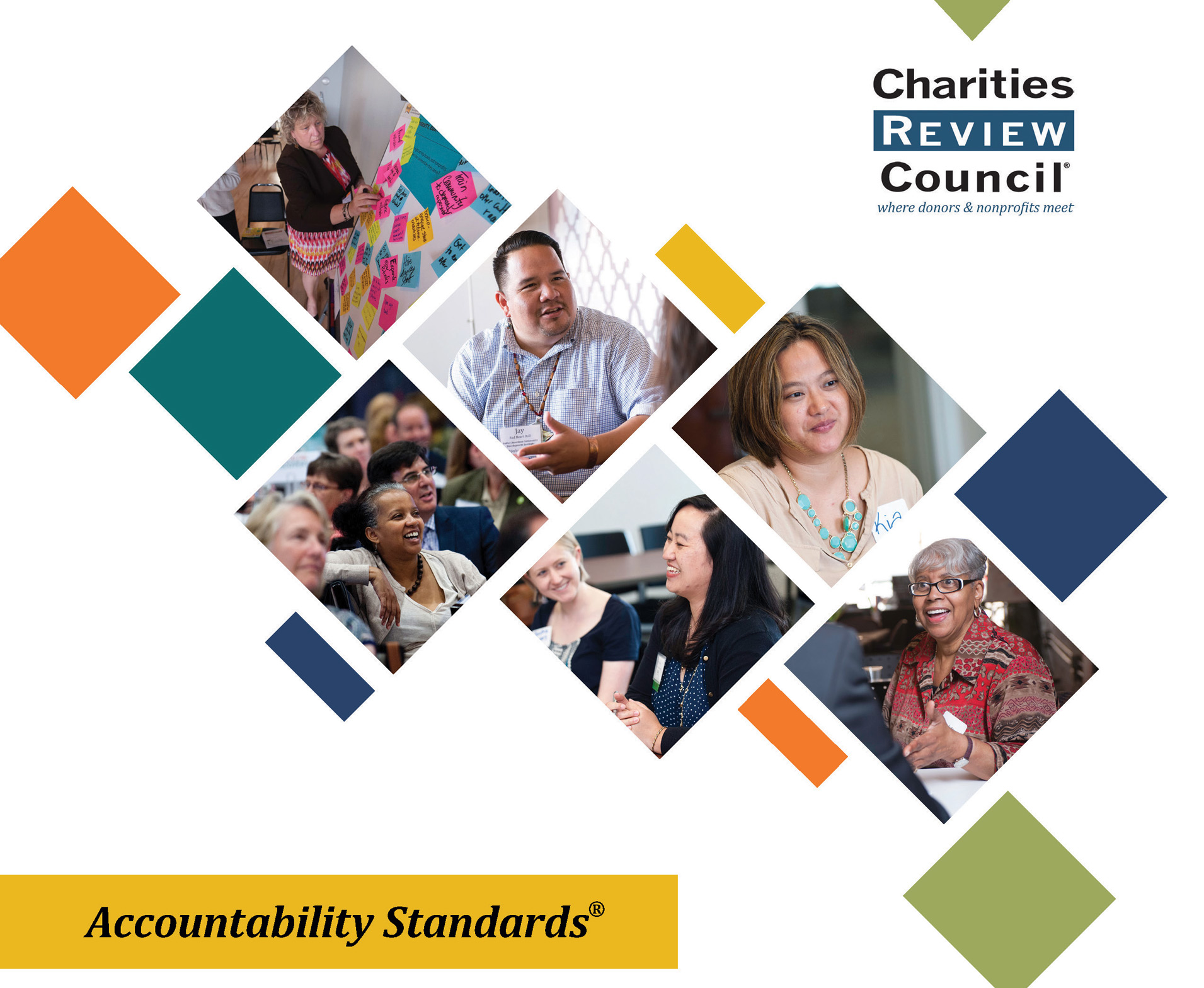This is part three of our four-part Accountability Standards® Blog Series. Sign up to receive future posts directly in your inbox, here.
In 2014, Charities Review Council piloted the rolling review of the Accountability Standards®, a process that would ensure the Standards remained relevant and meaningful to the community for the long-term. Last year, we gathered cross-sector leaders and subject-matter experts to help us review, re-write, and re-frame the Accountability Standards®.
Check out the new Accountability Standards® here!
For a more in-depth look at the revisions, we’ll be sharing a four-part blog series highlighting the four key categories, which include Public Disclosure, Governance, Financial Activity, and Fundraising. Sign up to receive these updates directly in your inbox.
Part III: Financial Activity Accountability Standards®
The Financial Accountability Standards® were created to help nonprofits demonstrate healthy financial management to organizational stakeholders, including donors. The Financial Activity Accountability Standards®, which address use of funds, board fiduciary oversight, and balanced reserves, give nonprofits the tools they need to achieve their financial mission.
In this round of review, we simplified and clarified the language, rewriting the Standards from an asset-based approach. The requirements for nonprofits remained the same. Here’s what you’ll see going forward…
Board Fiduciary Oversight 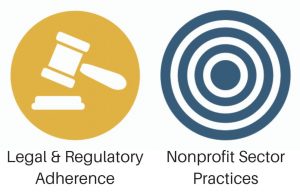
Philosophy
Quarterly reporting and two-way board communication around financials creates important dialog between the governing board and the nonprofit, allowing for better financial management and a future of greater possibilities.
Standard
The Board of Directors will approve an operating budget (or draft budget) before the end of the first month of the fiscal year. The Board of Directors will review quarterly financial reports that compare actual to budgeted revenue and expenses.
Use of Funds 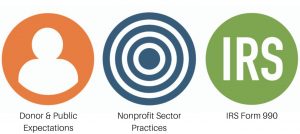
Philosophy
Strong nonprofits strive to efficiently and effectively use funds to achieve their mission while investing in infrastructure, administrative capacity, and the communities they serve.
The Council recognizes that the optimal balance point between program, administrative, and fundraising expenses will be different for every nonprofit.
Standard
65% or more of the nonprofit’s three-year average annual expenses will be used to directly support programming. The Board of Directors will monitor this ratio and make adjustments to achieve optimal balance for their organization.
65–70% — Meets Standard, provides an explanation
70–90% — Meets Standard, no explanation needed
90–100% — Meets Standard, provides an explanation
Financial Health Management 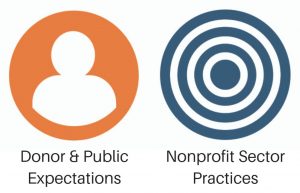
Philosophy
Successful nonprofits navigate through different kinds of economic circumstances and demonstrate healthy financial management to donors.
Standard
The nonprofit will manage revenue and expenses to demonstrate financial sustainability including:
- Having positive unrestricted net assets at the end of the most recently completed fiscal year, and
- Demonstrating a surplus, or a deficit no greater than -5%, of unrestricted net assets for at least one of the three most recently completed fiscal years.
Balanced Reserves 
Philosophy
While a nonprofit should maintain a reasonable level of cash to safeguard against unexpected financial challenges, maintaining excess unrestricted reserves indicates a nonprofit is not maximizing the use of its resources in pursuit of its charitable mission. In such cases, it may not be appropriate to continue soliciting from the public unless it is clear that donations could be held in reserve.
Standard
The nonprofit’s unrestricted net assets (for current use) will not be more than three times the current or next year’s budgeted operating expenses.
Expense Reimbursement Policy 
Philosophy
Well-written policies help promote transparency within a nonprofit, especially when it comes to all administrative expenses, including travel and entertainment.
Standard
The nonprofit will maintain a board-approved policy, applicable to both board and staff, that describes acceptable expenses while setting reasonable limits and procedures for reimbursement, including if board members are not reimbursed.
Let us know what you think! Share your feedback at info@smartgivers.org. Stay tuned for the final post of the new Accountability Standards® blog series, coming soon.
Questions about the new Accountability Standards®? Check out our FAQ’s here.
